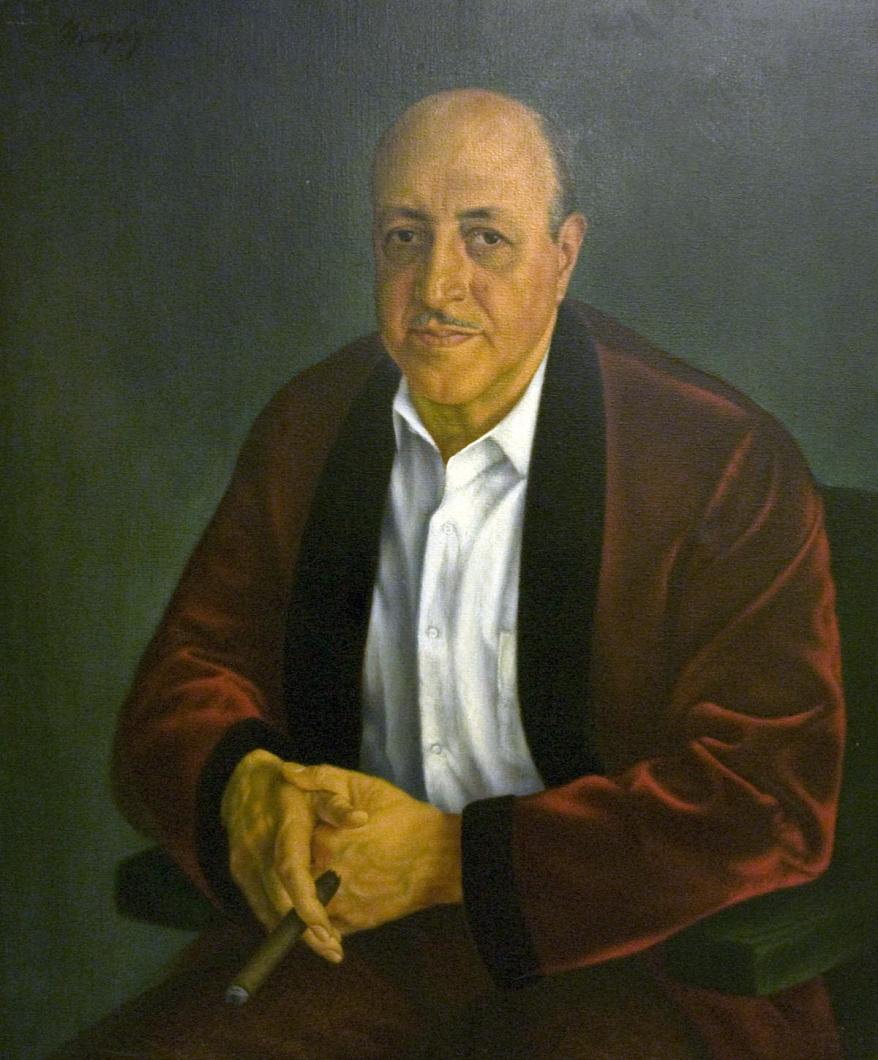Forty years ago my father, Island artist Stan Murphy, was commissioned to paint a portrait of our country’s first black cabinet member, Dr. Robert Weaver. Weaver, a civil rights leader with a doctorate in economics from Harvard, became Secretary of Housing and Urban Development (HUD) when he was appointed by President Johnson.
Dr. Weaver worked behind the scenes in the Civil Rights activities during the 1940s and 1950s, becoming national chairman of the NAACP in 1960. When Weaver joined the Kennedy administration he had more Harvard degrees than anyone else in the upper levels of the administration. When President Johnson created the cabinet office of Housing and Urban Development he appointed Dr. Weaver as the director, making Weaver our country’s first black cabinet officer.
A recent cover article in Newsweek called 1968 the year that made us who we are today.
Finished in 1968, Weaver’s portrait has no iconographic column, eagle or vale, just a man with a pleasant face in a red velvet jacket with a large cigar in his hand. While it is impossible to know why Stan painted his subject eschewing traditional images that connote power and authority, I have wondered if it was his way to protest the Johnson administration.
How was the painting received? It was rejected. Murphy family lore has it that while Dr. Weaver liked the painting, his wife refused the painting because it failed to accentuate his African American heritage. It is a good portrait, but it failed to become an official portrait because the artist would not paint the traditional official portrait.
Would it be accepted today? Probably not, but you be the judge — the portrait of Dr. Weaver is on view at the Oak Bluffs public library.
David Murphy lives in West Tisbury and Duxbury.




Comments
Comment policy »